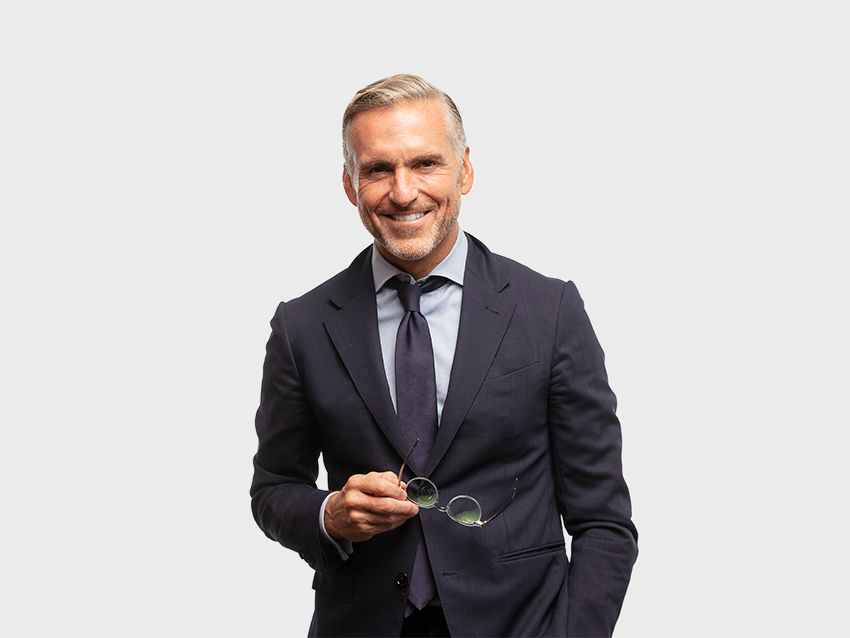Architect Says Cafés, Gyms and Roof Decks Are Now Office Must-Haves
This article is originally from Crain’s New York Business, written by Cara Eisenpress on May 17, 2022.
To Tom Vecchione, managing principal at architecture and design firm Vocon, office tenants now all seem to want outdoor space, even in older buildings constructed long before the COVID-19 pandemic made corporate terraces and roof decks a near necessity.
So, Vecchione is doing his best to add them. That means opening up facades with sliding doors, making setbacks load-bearing and adding elevators that travel to roof decks.
“They aren’t spaces built for use,” he said. “It becomes a technical issue and challenging. It costs money. But you end up with creative spaces.”
Vecchione said he has added outdoor areas to about 30 office buildings during the past two years, compared with just a handful in the couple of years before the pandemic.
Roof decks are not the only upgrades, he said, as owners of older stock renovate and add other amenities in order to compete with newly constructed offerings. Companies are looking for well-appointed offices as their workforces grow and they try to entice hybrid employees to commute.
Demand for Manhattan office leasing has more than doubled since last year, according to a report last month from Colliers. The report showed 2.7 million square feet leased.
That figure is down 25% from 2019, and the average asking rent is down about 5%. Leases last month were for newly constructed and renovated spaces, according to the report.
As a result, “almost every building in Midtown has taken a look at how to add those quality-of-life enhancements,” said Cynthia Wasserberger, vice chairwoman at commercial brokerage JLL. Those enhancements often take the form of “things that allow tenants to take a pause from a workday.”
Wasserberger said that even in older buildings, more luxurious finishes are becoming the norm. Some tenants now want small or flexible square footage at the same time that they look for amenities such as coffee shops and meditation rooms. That puts the onus on buildings to deliver interesting extras that can be shared with all the companies in residence.
The requests for amenities crosses industries, Vecchione said. Recently, an owner enlisted him to design two club floors, each 2,500 square feet, with high-end furniture, a wet bar and espresso machines.
“It’s like the executive floor of the hotel,” he said. But it’s for everyone on staff.
In addition to outdoor spaces, he said, other common must-haves are shared conference rooms, flexible spaces and boutique fitness areas, with Pelotons, nice showers and space for a private trainer to meet clients.
Vecchione said he is seeing the demand across neighborhoods, lease prices and office sizes. “There is just a lot happening,” he said, “to create solutions that make people excited to be back together.”
To read the full article, click here.
